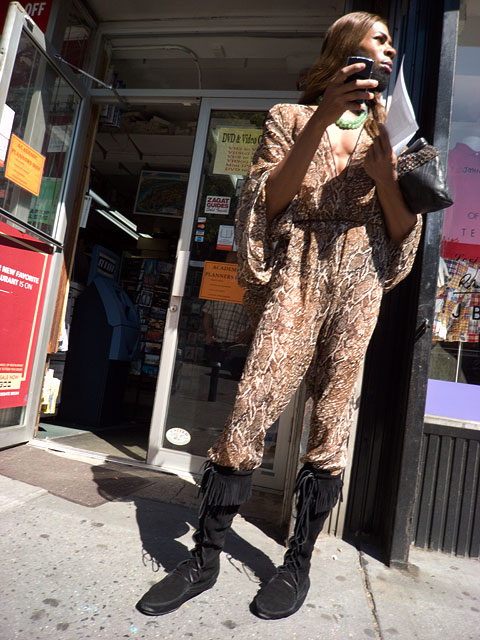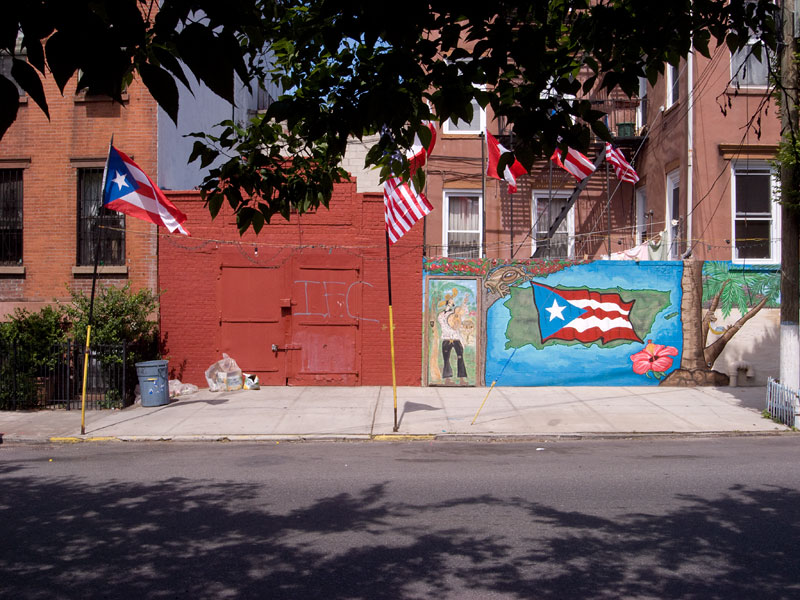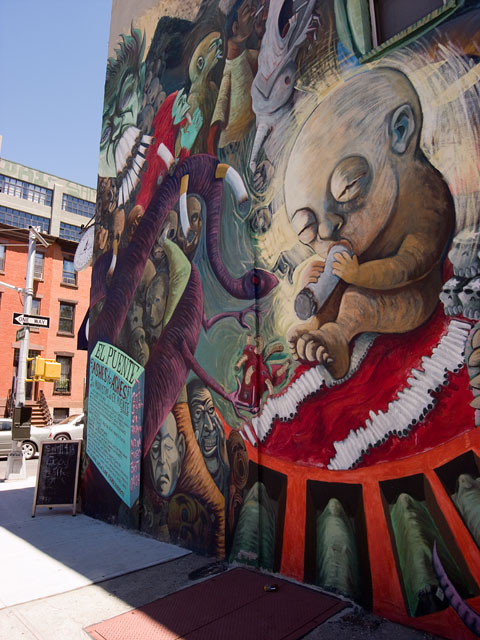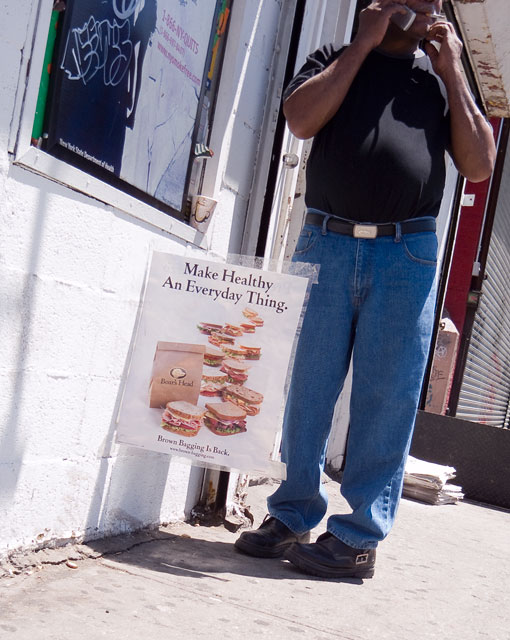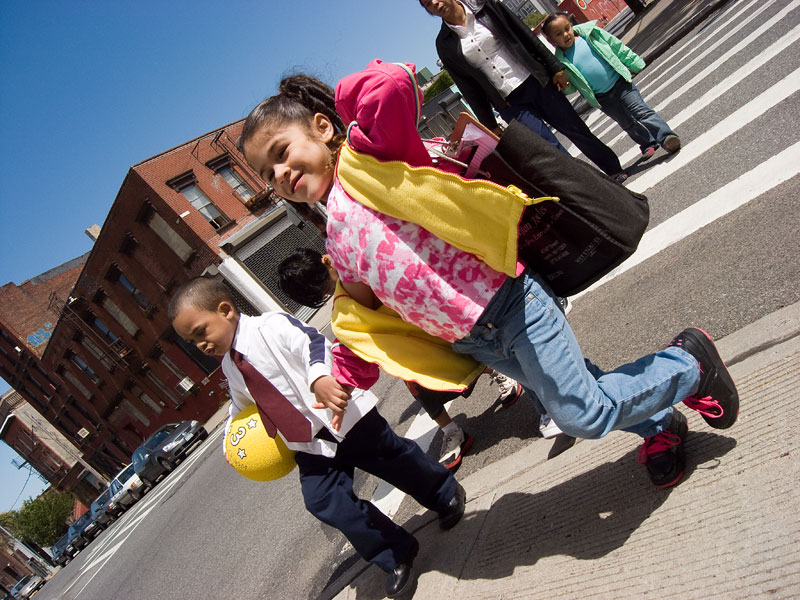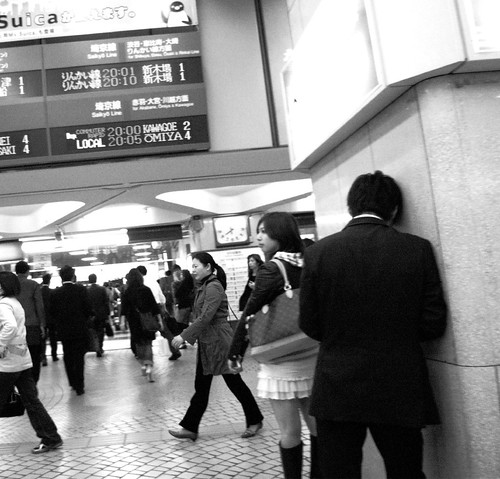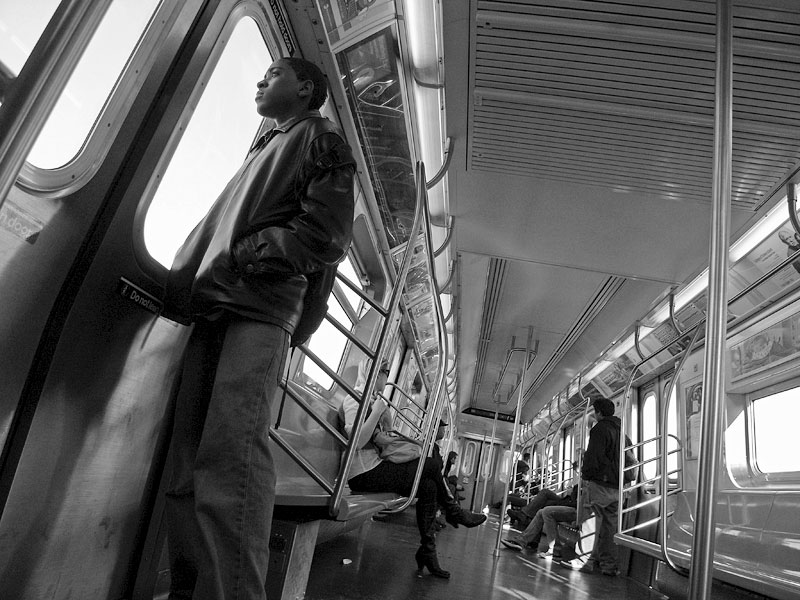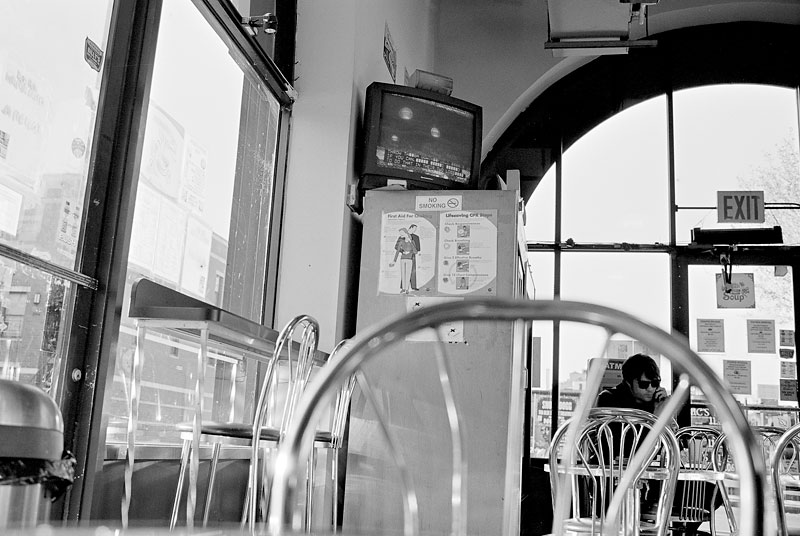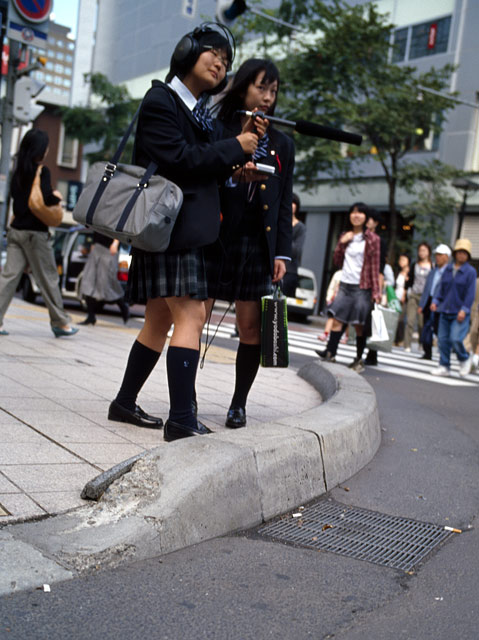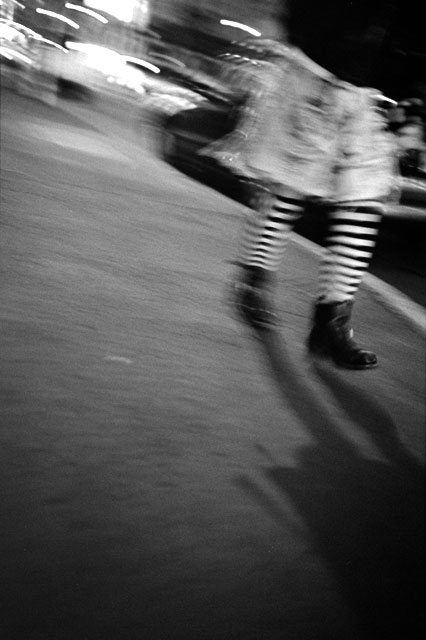W
wbrandsma
Guest
That is an excellent site Simon. I had a good read.
In the meantime I finished my writing and posted it on my blog.
I use Adobe Lightroom to convert my photographs. Instead of using the Grayscale option in the Develop module I desaturate my photograph with the saturation sliders dragging to the left in the HSL panel. Then I adjust the color sliders with the Target adjustment tool in the Luminance panel. That way you can darken or brighten color area's in your photograph. That way you can preserve a lot gradation and tonalities. To enhance the contrast I use the Camera Calibration panel and the Tone Curve.

In the meantime I finished my writing and posted it on my blog.
I use Adobe Lightroom to convert my photographs. Instead of using the Grayscale option in the Develop module I desaturate my photograph with the saturation sliders dragging to the left in the HSL panel. Then I adjust the color sliders with the Target adjustment tool in the Luminance panel. That way you can darken or brighten color area's in your photograph. That way you can preserve a lot gradation and tonalities. To enhance the contrast I use the Camera Calibration panel and the Tone Curve.


